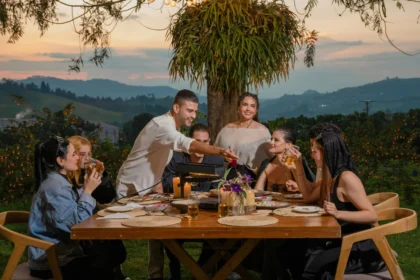Tag: automotive

21+ Hispanic Holidays & Occasions: A Toast to Life
Hispanic adults infuse everyday life with celebration. Explore how tradition, connection, and premium choices shape cultural moments.

Year-Round Joy: What Drives Hispanic Celebrations
Discover how Hispanic celebrations reflect family, heritage, and emotion—and why brands that honor these moments earn long-term consumer loyalty.

Gen Z Is Driving a New Automotive Future
Gen Z is transforming car ownership and mobility expectations. Explore how brands can adapt to their digital-first, purpose-driven mindset.

The Road Ahead: Gen Z’s Impact on Auto
Explore how Gen Z is redefining car ownership with new expectations around digital integration, practicality, and brand purpose.

Member Stories: Meet the Brands Winning With Today’s Consumers (Cultural Fluency Examples)
Explore Collage’s Member Stories about effective marketing campaigns that demonstrate cultural fluency, serving as a source of inspiration.

Beyond Halftime: Super Bowl Ads Culturally Deconstructed
From Beyoncé’s powerhouse presence to e.l.f. Cosmetics’ courtroom quips, the Super Bowl ads of 2024 offered a rollercoaster of emotions and innovation. Dive into our panel’s breakdown, uncovering the hits, misses, and the game-changing moments that define the future of advertising.